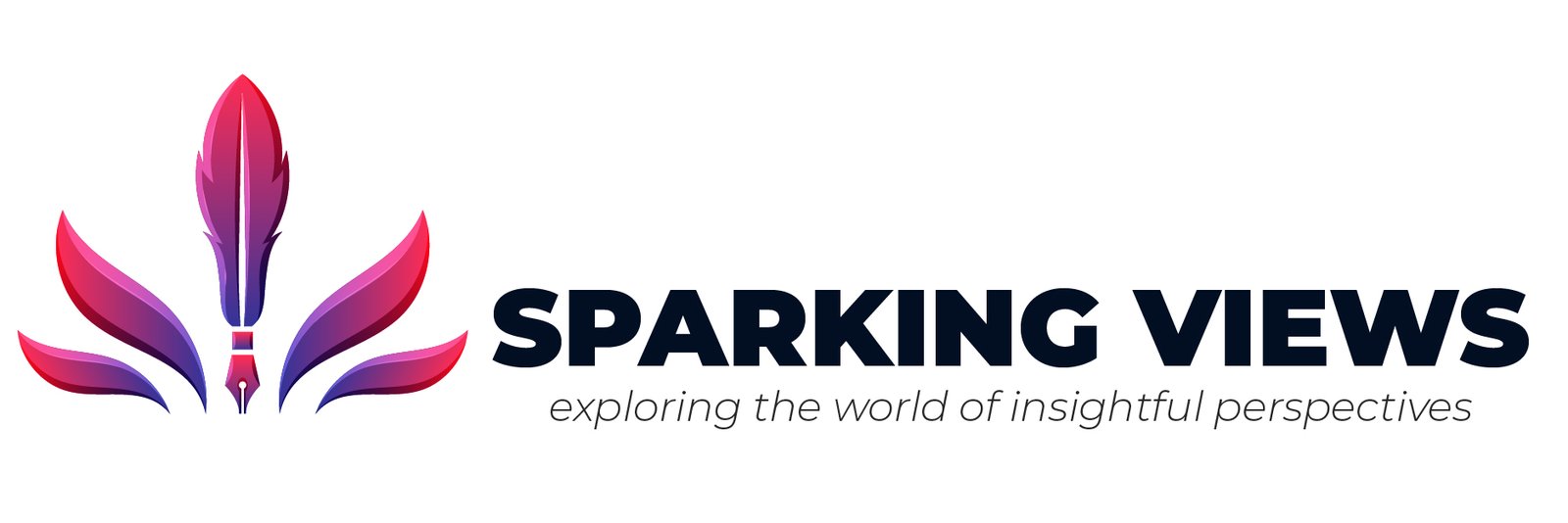How to Break Into Education as a Career Changer
Changing careers can feel like starting over, but it doesn’t have to be that way, especially in the world of education. People from many fields have made the switch and found success helping others learn, grow, and succeed.
The education field is broader than most people think. It’s not just classroom teaching. There are roles in academic support, community programs, training departments, and curriculum development. These jobs play a key part in helping learners at all levels, without standing in front of a chalkboard.
If you’ve thought about shifting into education, now might be the right time. Schools, nonprofit groups, and companies are looking for professionals with real-world experience. Whether you worked in business, healthcare, or the arts, your skills can bring something new to an educational setting.
This article walks you through how to make that move—from exploring your options to building the right qualifications.
Why Education Is a Good Fit for Career Changers
Many people working in education today started somewhere else. Former managers, customer service reps, writers, and IT staff have all made the switch. What they bring with them is a mix of communication, leadership, and problem-solving, all of which are valuable in learning environments.
You might already be mentoring others, training new employees, or giving presentations. These experiences count. They show that you know how to guide people and explain things clearly.
Education also welcomes professionals with different views and backgrounds. The field needs variety to better support diverse students and learning styles. There’s a growing demand for people who understand how the world works outside the classroom—and who want to help others prepare for it.
For those ready to explore this path, an online BA in education can be a smart place to begin. Lamar University offers a fully online Bachelor of Arts in Education that prepares students for roles outside traditional teaching. This program doesn’t require classroom certification or student teaching.
It focuses on areas like curriculum design, educational psychology, and instructional planning—skills needed in community programs, training departments, and nonprofit organizations. Online learning makes it more realistic for working adults to balance coursework with their existing jobs and family life.
Programs like this create space for professionals to keep moving forward while shifting toward a new field.
Know Your Goals in the Education Field
Before jumping into any program or role, think about where you want to go. The education field includes more than schools. Some people work in nonprofits, others in training roles inside companies, and some focus on curriculum or learning materials.
Ask yourself what part of education speaks to you. Do you enjoy working directly with learners? Are you more interested in behind-the-scenes work like planning lessons or building learning tools? Do you prefer structured environments or something more flexible?
These answers can help guide your decisions moving forward. They’ll help you choose the right roles to aim for and the right academic path to support them.
Gain Experience Where You Can
Getting started doesn’t always mean landing a full-time job right away. Many people begin by volunteering. Local schools, after-school programs, community centers, or adult education classes often welcome help.
Even small roles can give you useful insight. You might assist with event planning, help students one-on-one, or lead a short workshop. These moments build your confidence and help you decide if you enjoy the work.
There are also online platforms that connect volunteers with tutoring opportunities. You can work from home and still gain experience working with learners of different ages and skill levels.
Build the Right Academic Foundation
Most education-related roles require a college degree. The right degree gives you knowledge, but it also shows potential employers that you’ve put in the effort to prepare.
Not all education degrees lead to classroom teaching. Some, like the one mentioned earlier, are created for roles outside the public school system. These programs still cover important topics—lesson structure, learner behavior, digital tools, and learning theory—but they leave out certification steps meant for K–12 teachers.
If you’re switching fields, this kind of program can get you ready without extra steps you don’t need.
Keep Learning and Growing
Even after you finish a degree, keep building your skills. Education is always changing. New tools, trends, and teaching methods come out each year.
Look for webinars, short courses, or conferences. Join education groups online. Talk with others who’ve made similar moves. These efforts help you stay sharp and connected.
You don’t need to master everything at once. Taking small steps over time builds real progress.
Starting a new path in education may feel like a big shift, but it’s one many adults make with success. With a clear goal, some hands-on experience, and the right academic support, you can build a future that feels both meaningful and achievable. You already have useful skills; the next step is putting them to work in a new way.







